Communication Systems: Solved Assignments and Essays
VerifiedAdded on 2023/06/04
|12
|1364
|489
AI Summary
This document contains solved assignments and essays on various topics related to Communication Systems. It covers topics such as QPSK, binary communication systems, M-ary PSK modulation, and more. The assignments also include MATLAB implementations and probability of error performance analysis.
Contribute Materials
Your contribution can guide someone’s learning journey. Share your
documents today.
1 out of 12
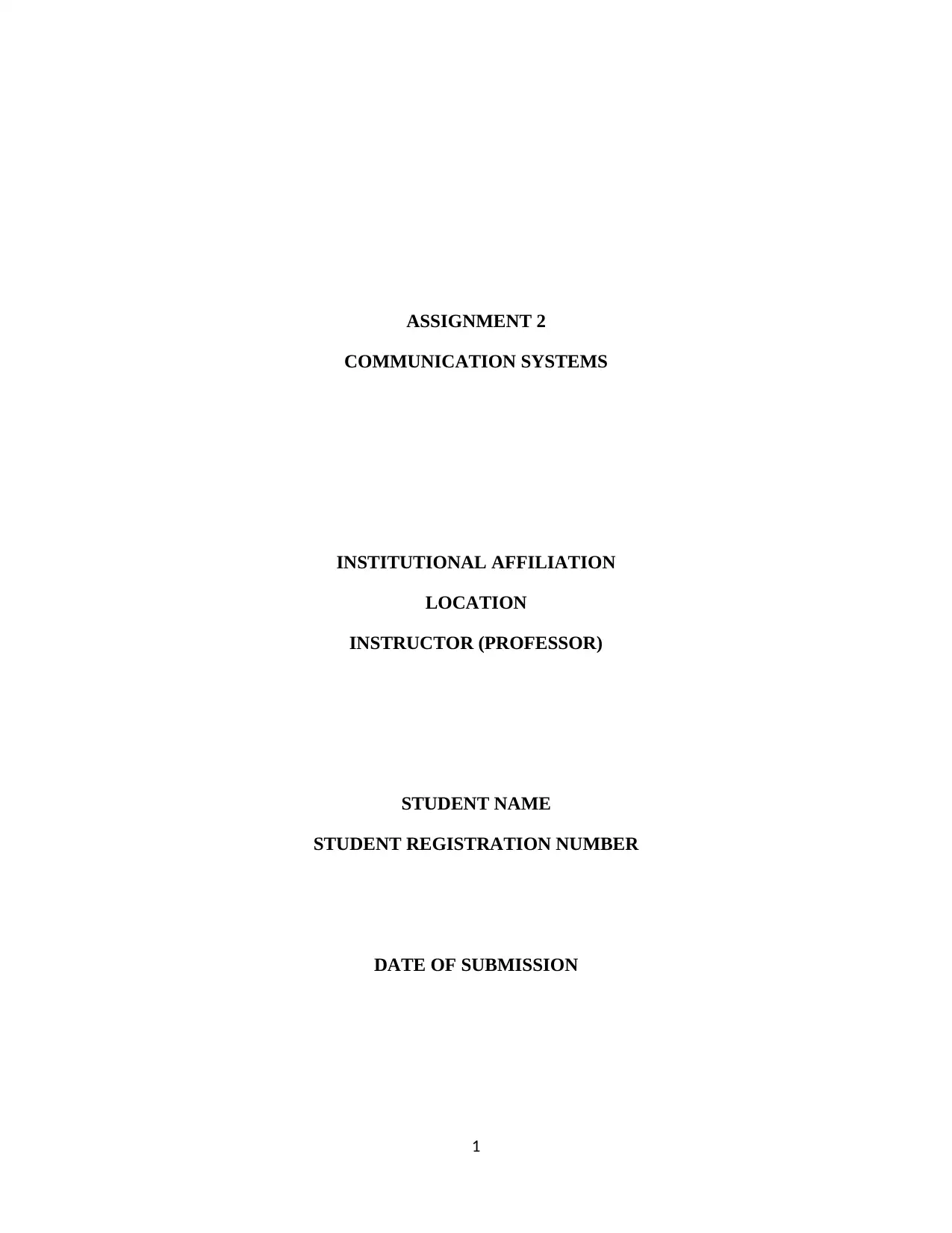
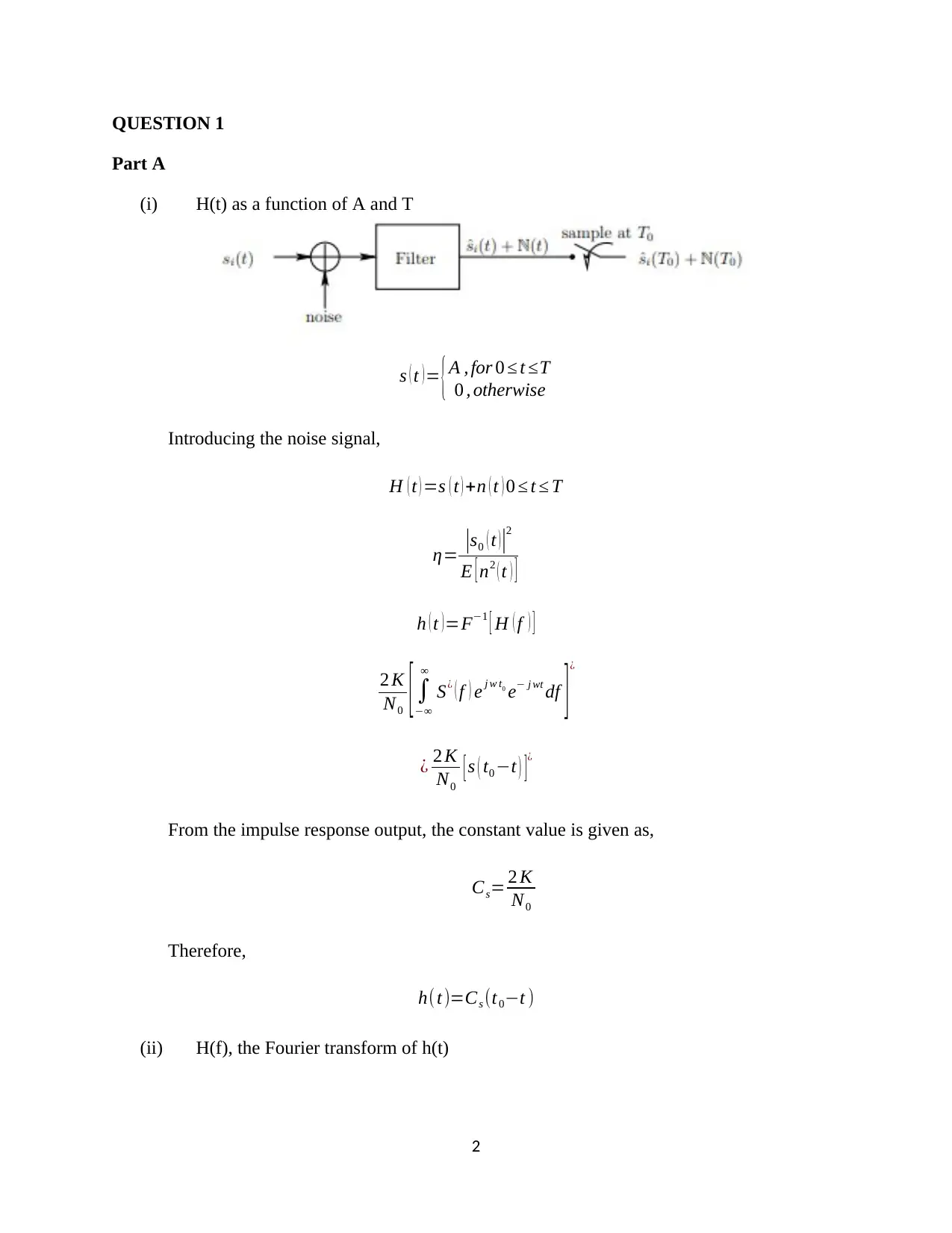

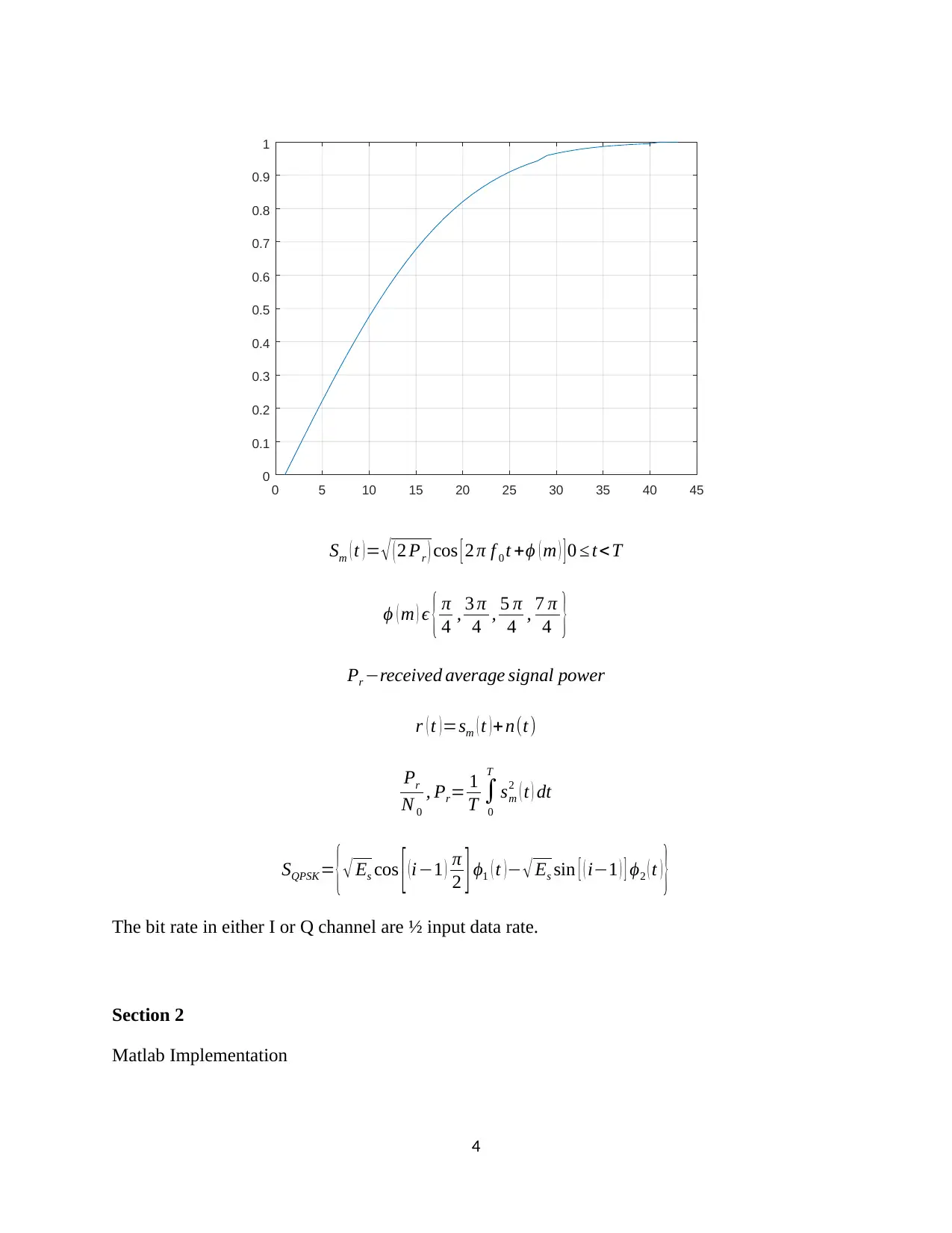
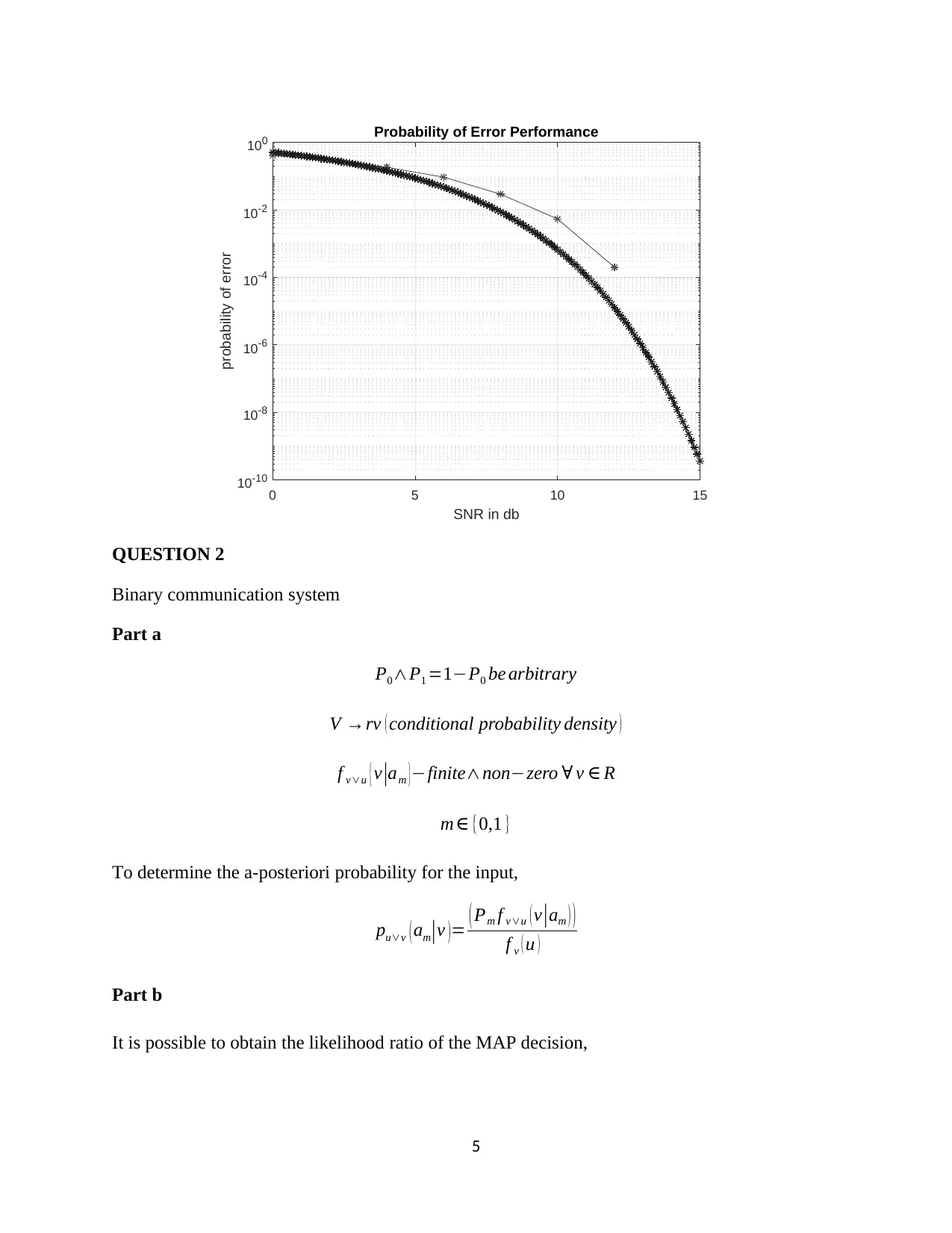
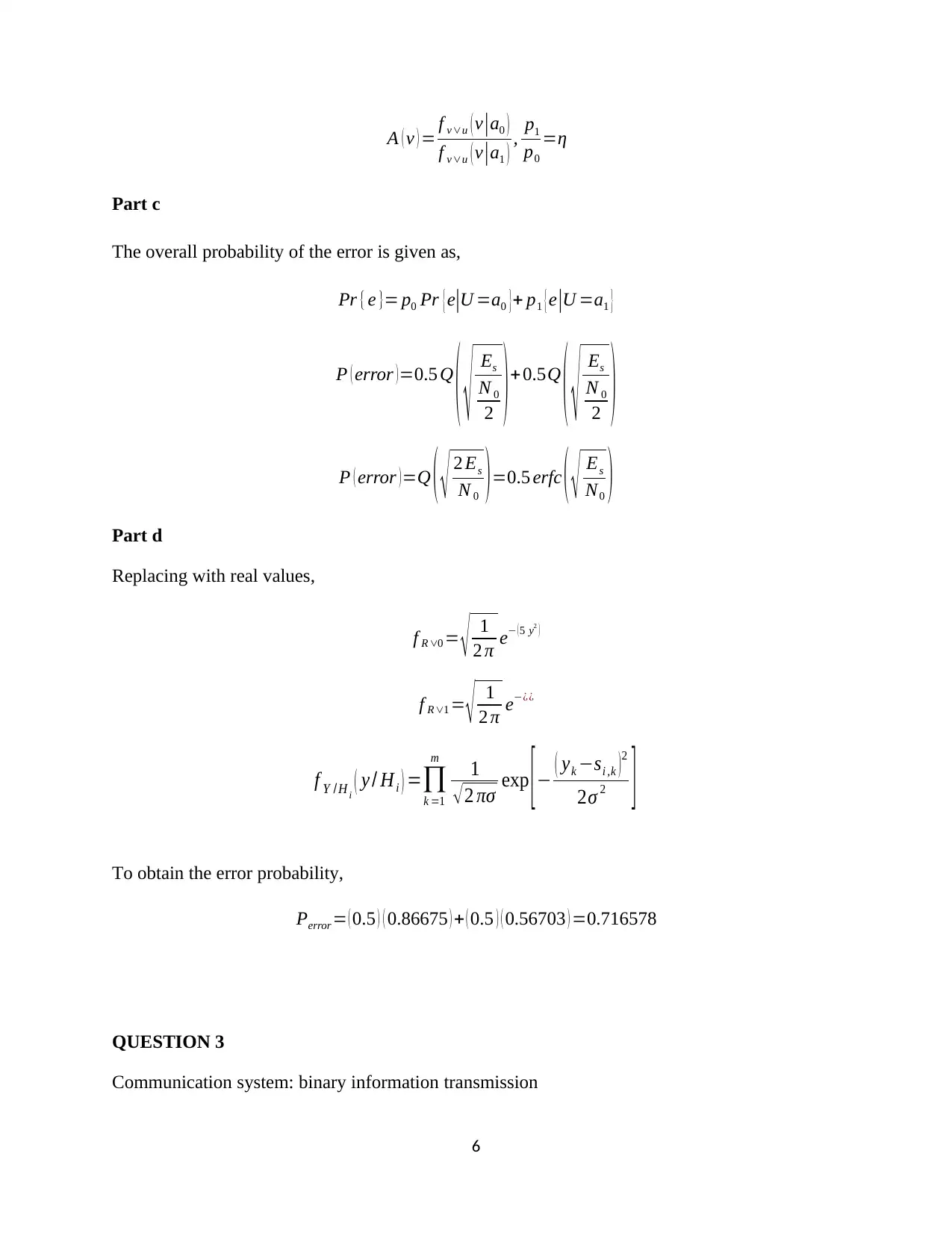
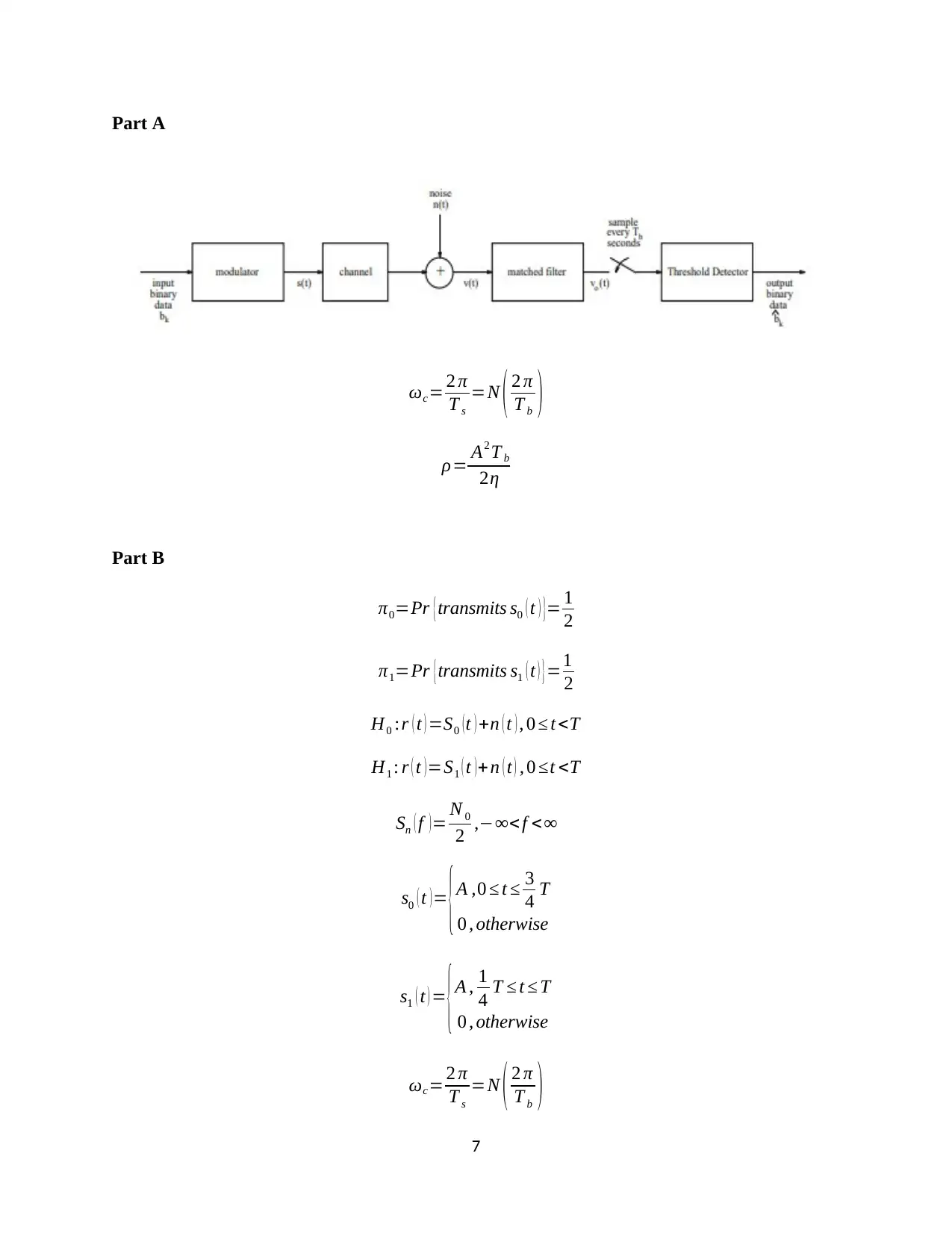
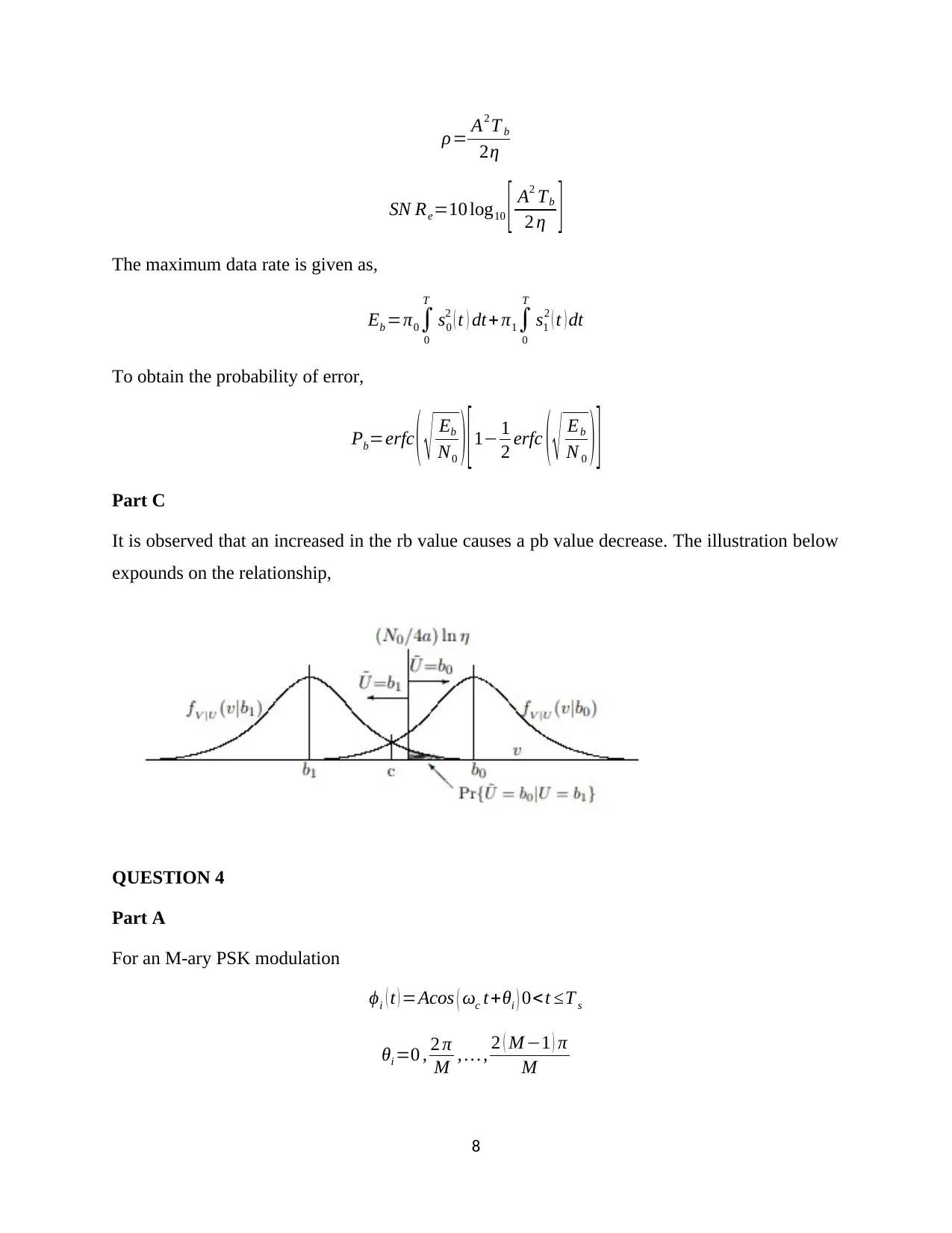
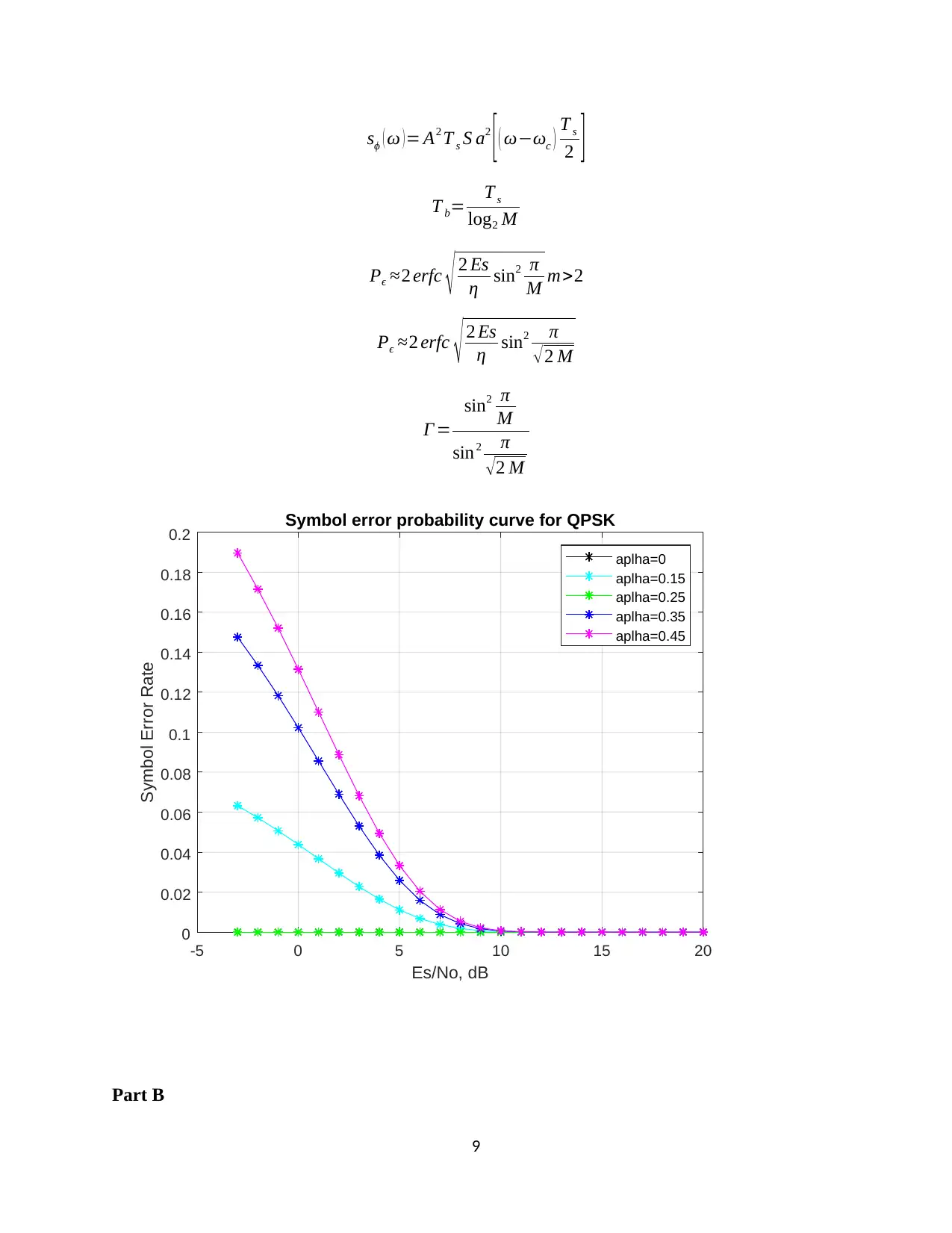
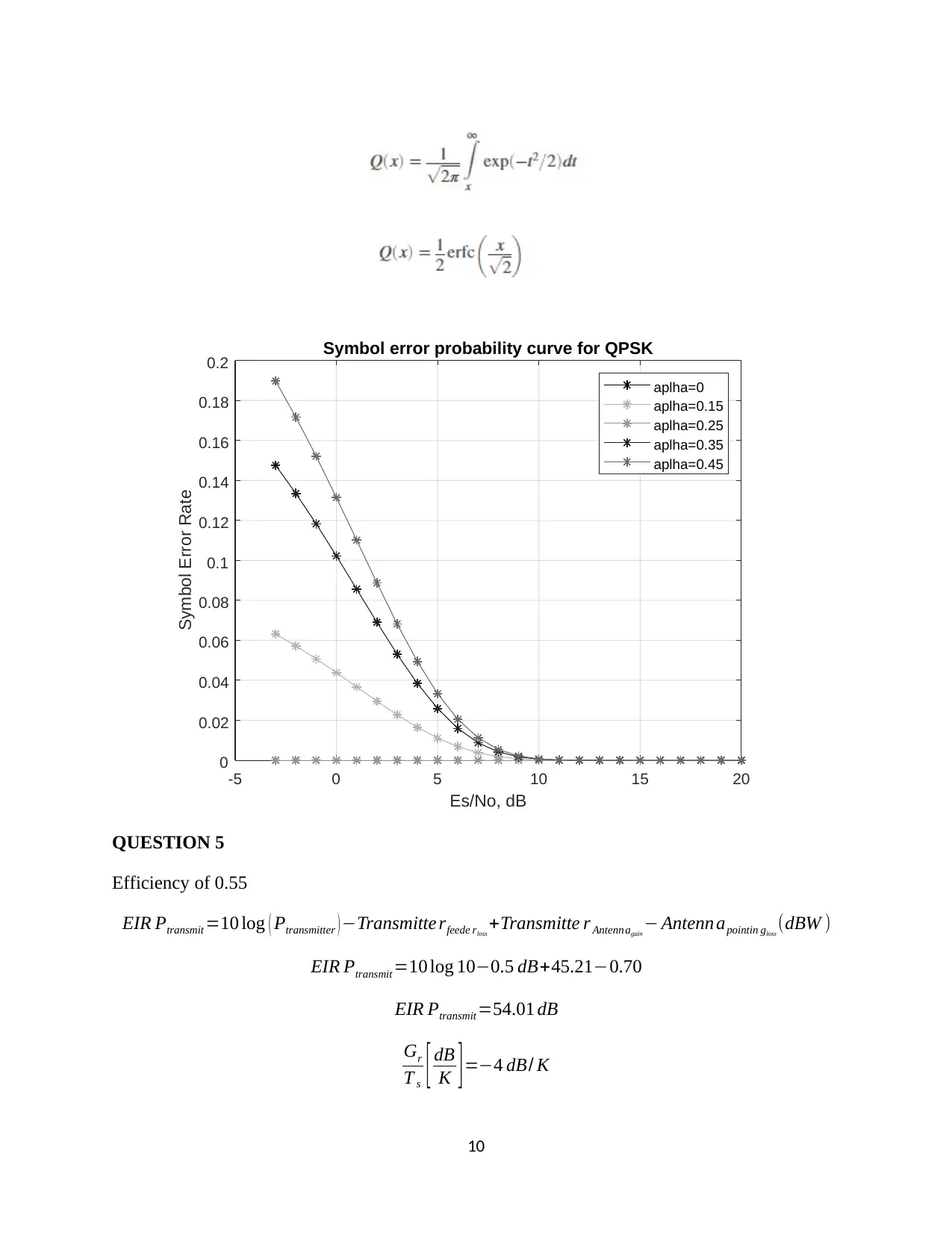
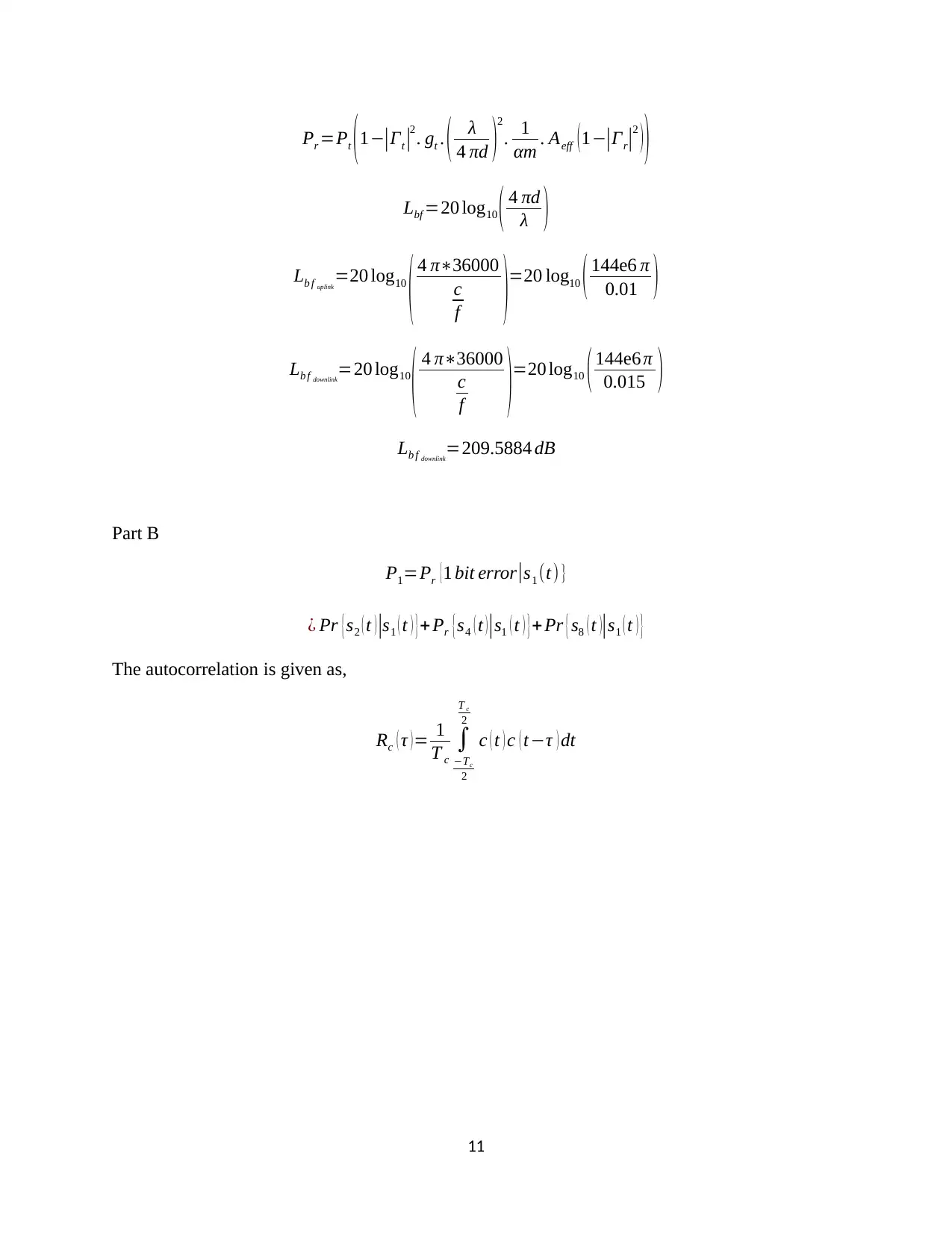






![[object Object]](/_next/static/media/star-bottom.7253800d.svg)